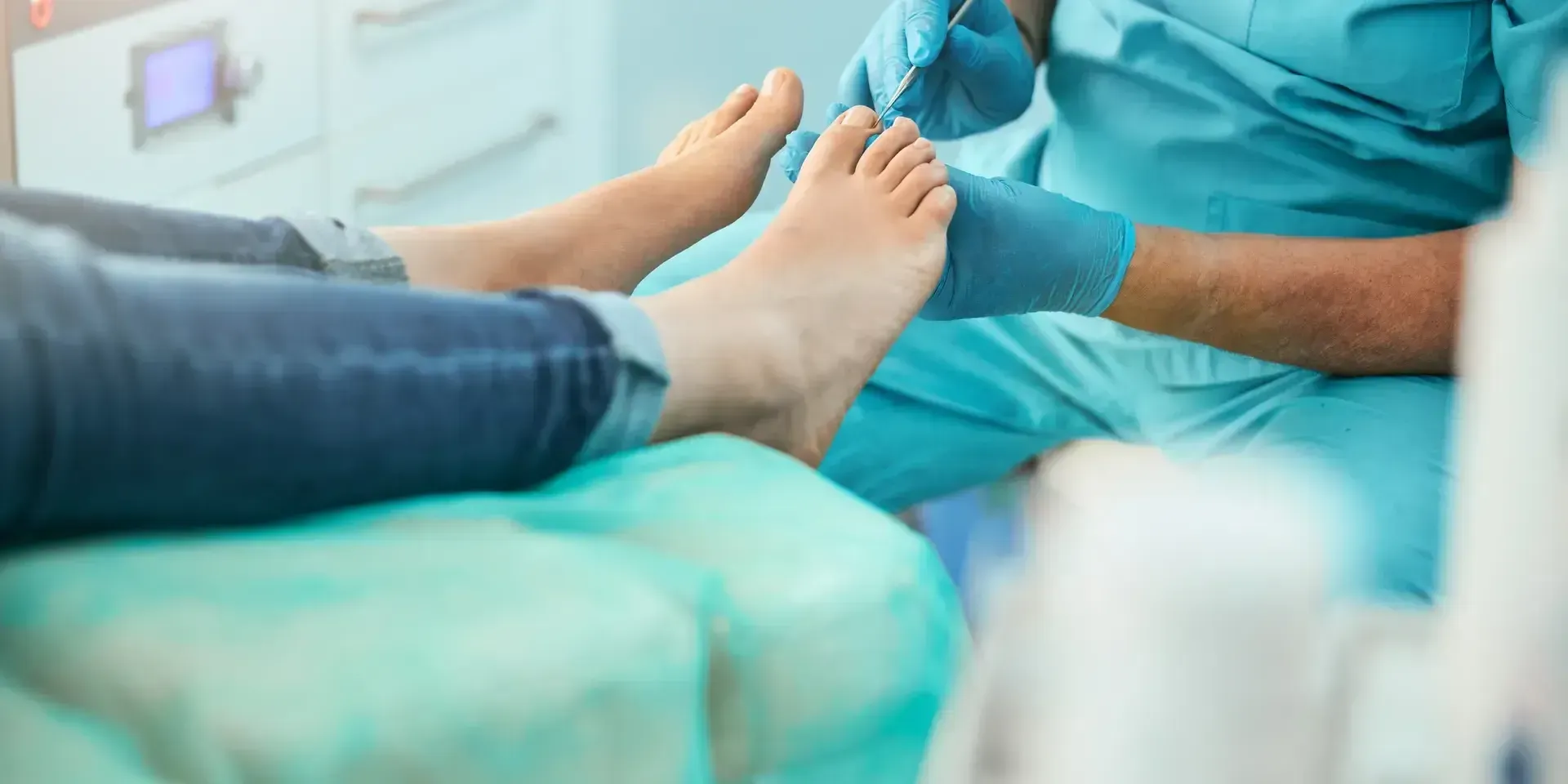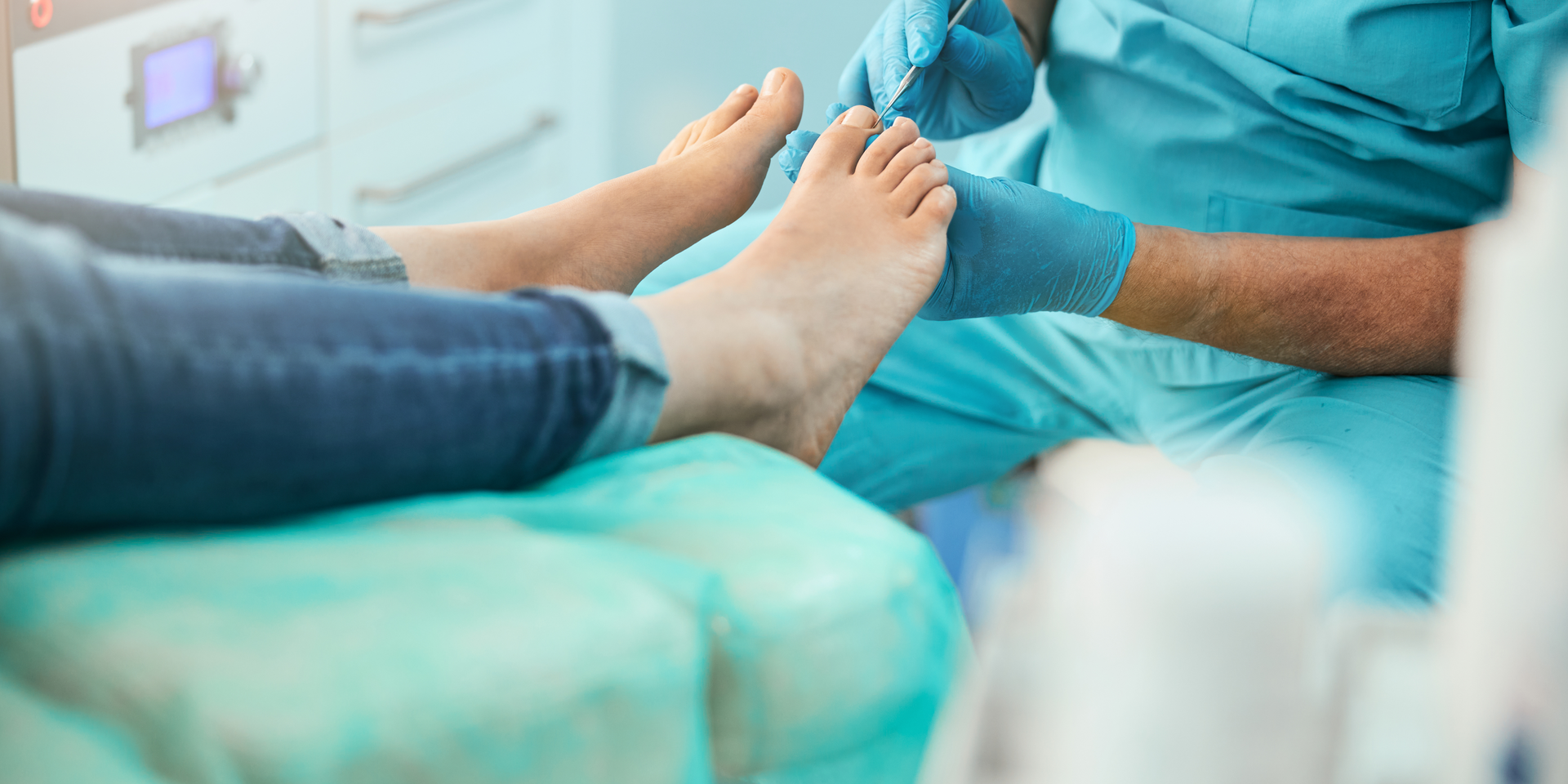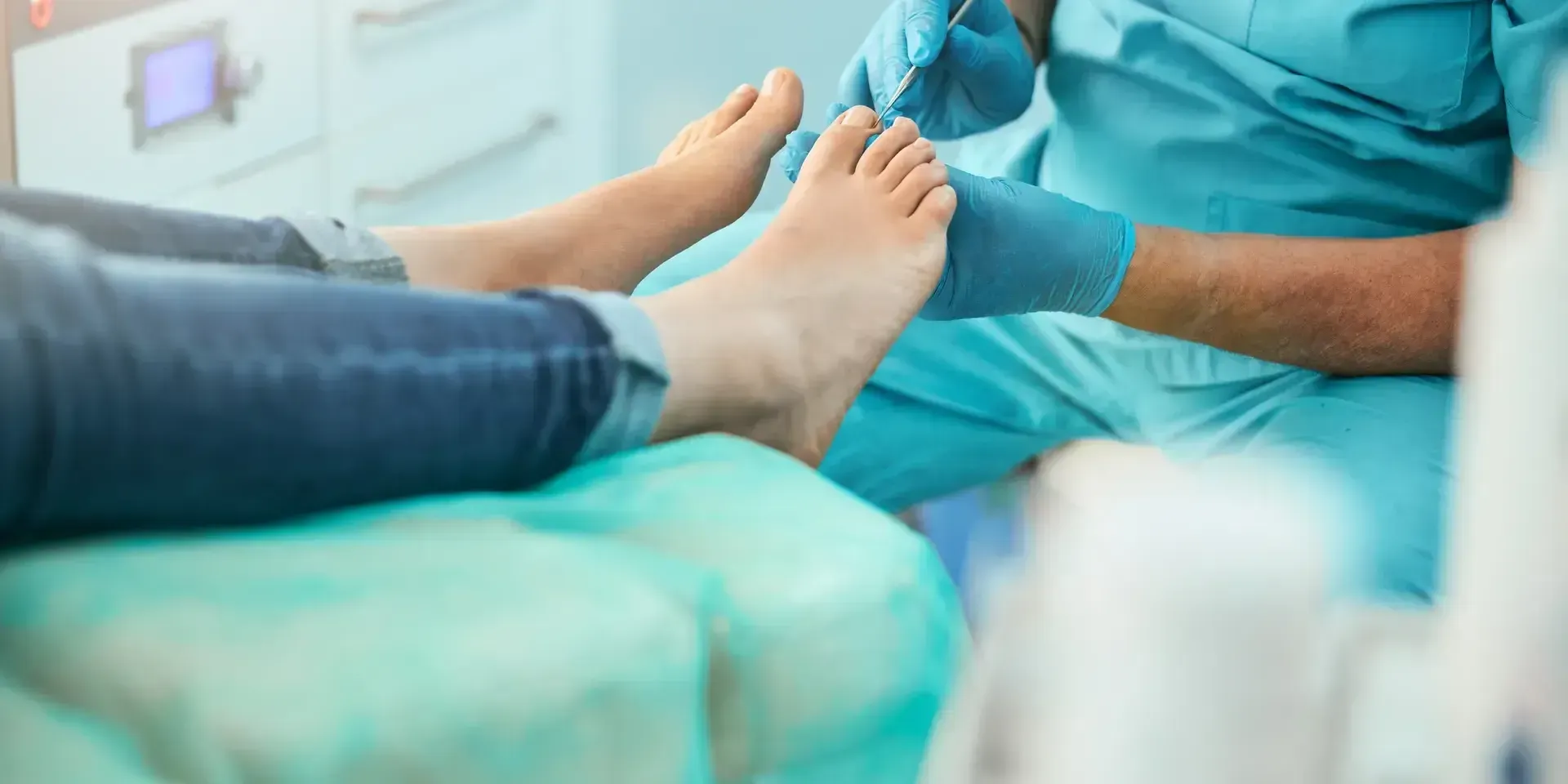Foot Callus
The causes & how to treat it safely
Hard skin building up on your feet may seem harmless at first. But over time, it can become uncomfortable,
painful, and even lead to serious health issues if ignored. A
foot callus is one of the most common conditions seen in foot care clinics today. It affects people of all ages and lifestyles, particularly those who spend long hours on their feet, wear ill-fitting footwear, or suffer from underlying health conditions such as diabetes or circulation issues.
At Feet Therapy, we understand how something as simple as hard skin can have a major impact on your quality of life. From limiting your mobility to causing persistent discomfort, a foot callus deserves professional care and a long-term solution. In this guide, we’ll explore exactly what causes a foot callus, how to treat it safely, and how you can prevent it from returning with the right care and expert support.
Understanding Foot Calluses
A foot callus is a thickened area of skin that forms due to repeated pressure or friction. It’s your body’s natural way of protecting deeper tissues from damage. When areas of your feet experience constant rubbing or load-bearing, such as the soles, heels, or sides, your skin responds by building a defensive layer of dead cells. This thickened skin may appear yellowish, dry, flaky, or hardened.
It's important to distinguish a foot callus from a corn. While both are thickened skin conditions, corns tend to be smaller and deeper, with a central core that can press into the foot and cause sharp pain. Calluses are broader, more superficial, and usually form on weight-bearing areas like the ball of the foot or heel.
Calluses are incredibly common among runners, hikers, retail workers, and anyone who regularly walks on hard surfaces. However, they’re also frequently found in people with foot deformities, misaligned gait, or reduced fat padding under the feet due to ageing.
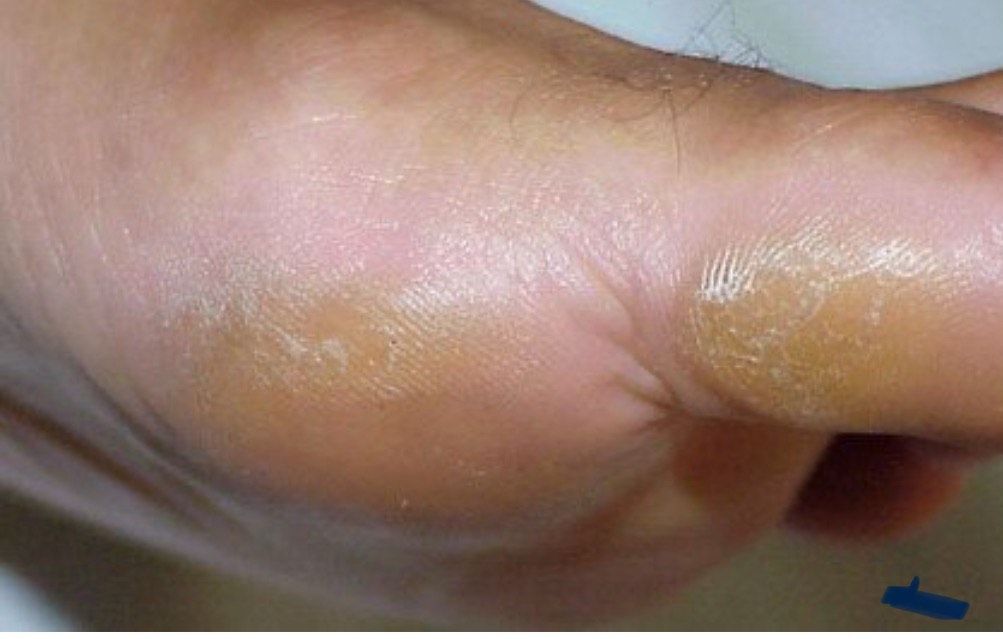
The Risks of Ignoring a Foot Callus
Many people believe that a foot callus is nothing more than a cosmetic issue. While that may be true at first, ignoring it can lead to more serious complications. As the hard skin thickens, it can create an uneven surface on the foot, altering the way you walk and putting strain on your muscles and joints. Over time, this can cause pain in the feet, ankles, knees, or even the lower back.
One of the most concerning complications is cracked heels. As a foot callus builds up around the heel, the dry, hard skin loses flexibility. With pressure from walking or standing, the skin may split open, forming deep, painful fissures that can bleed or become infected.
For individuals with diabetes or poor circulation, the risks increase significantly. A foot callus can mask underlying wounds or ulcers, delaying detection and treatment. In extreme cases, untreated calluses can lead to infection, ulceration, or long-term tissue damage. That’s why professional assessment and care are so important.
Common DIY Mistakes and What to Avoid
It’s not uncommon for people to try removing a foot callus at home using over-the-counter remedies, pumice stones, or even razor blades. Unfortunately, many of these methods do more harm than good. Chemical callus removers can contain strong acids that burn healthy skin, especially if applied incorrectly. Attempting to cut away the hard skin with blades is risky, often leading to cuts, infections, or uneven healing.
Even abrasive tools like foot files or rasps, while seemingly harmless, can cause microtears in the skin or exacerbate irritation if used too aggressively. Home treatments often fail to address the root cause, whether it's faulty biomechanics, footwear, or an underlying condition, so the
foot callus simply returns.
The safest, most effective way to remove a foot callus is under the care of a trained foot specialist. At Feet Therapy, we take a tailored approach that focuses not just on removal but on understanding why the callus formed and how to prevent it in the future.
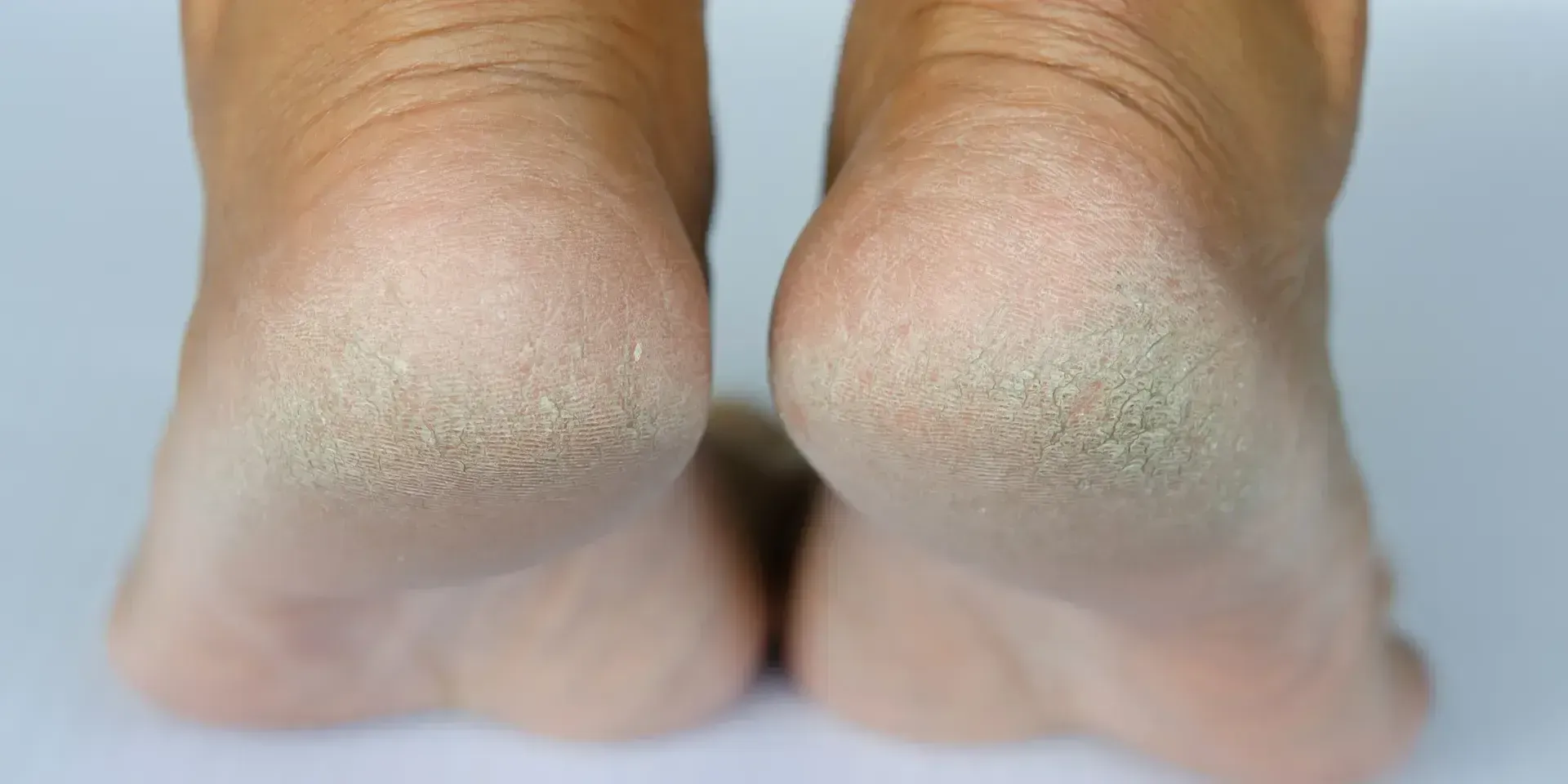
Professional Callus Removal Explained
Visiting a podiatry clinic or foot care specialist for your foot callus offers a range of benefits you simply can’t get at home. The first step is a thorough assessment of your feet. We look at the location, size, and depth of the callus, but also examine your gait, posture, footwear, and any signs of infection or skin breakdown.
The removal itself is performed using sterile, precision instruments in a hygienic clinical setting. The hardened skin is carefully and gradually reduced without damaging the surrounding healthy tissue. There’s no pain, no bleeding, and no downtime.
More importantly, we offer advice tailored to your foot structure, lifestyle, and health conditions. For some clients, custom orthotics or insoles may be recommended to redistribute pressure on the feet. Others may benefit from changes in footwear or targeted moisturising routines to keep skin supple and prevent dryness.
Unlike temporary home remedies, professional foot callus treatment is about long-term results and overall foot health. At Feet Therapy, we combine clinical care with patient education to keep you comfortable, active, and pain-free.
Long-Term Foot Health and Prevention
Once your foot callus has been professionally removed, it’s essential to adopt healthy habits to prevent recurrence. One of the most effective steps is wearing properly fitted footwear. Shoes that are too tight or narrow create friction, while unsupportive soles allow pressure points to form. Look for shoes with cushioned insoles, ample toe room, and materials that breathe.
Moisturising your feet daily is another key habit. A quality foot cream enriched with urea or shea butter can soften the skin, reduce dryness, and keep the surface layers flexible. Pay special attention to the heels and balls of the feet, especially during dry winter months.
Posture and walking habits also play a role. If you tend to favour one side or have flat feet or high arches, your weight distribution may be uneven. A podiatrist can assess your gait and recommend exercises, insoles, or supportive footwear to rebalance your stride.
If you have health concerns such as diabetes, arthritis, or poor circulation, regular foot checks should become part of your care routine. Calluses can form quickly in response to minor pressure, and catching them early prevents escalation.
Why Choose Feet Therapy for Callus Care
Feet Therapy has earned a reputation for providing compassionate, expert care for those suffering from hard skin, cracked heels, and persistent foot discomfort. We combine clinical expertise with a personalised approach to treatment. Every visit begins with a full foot assessment, not just a quick fix.
Our facilities are clean, modern, and designed to make you feel comfortable. Our team is trained in the latest foot care techniques, and we only use medical-grade tools and products. But what sets us apart is our commitment to education; we empower you with the knowledge and support to care for your feet between visits.
We treat each foot callus with care and precision, but we also take time to understand your lifestyle, health history, and future needs. Whether you need routine maintenance or a complete foot care plan, we’re here to help you stay mobile, pain-free, and confident every step of the way.
Book Your Treatment Today
If you're tired of living with a painful
foot callus, there's no need to wait. At Feet Therapy, we’re ready to help you walk comfortably again. Our expert team will assess your feet, remove hard skin safely, and create a personalised care plan to keep your feet healthy long after your appointment.
Don’t let discomfort hold you back. Schedule your professional callus treatment today and experience the relief of expert foot care.
To book an appointment, visit our Contact Page, call us directly, or explore our full Services to learn more about how we can support your foot health.
